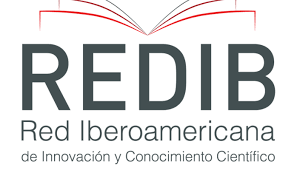Achieving sustainable development goals through tourism
Toolkit of indicators for projects (TIPs)
DOI:
https://doi.org/10.24215/27186717e044Keywords:
indicators for projects, toolkit, sustainable development goals, tourismAbstract
The recent United Nations World Tourism Organization’s publication with the Japanese Cooperation, "Achieving the SDGs through Tourism—Toolkit of Indicators for Projects (TIPs)", is a comprehensive resource that guides project managers on how to align tourism development with the Sustainable Development Goals (SDGs), offering specific indicators to enhance the measurement, monitoring, and execution of tourism projects. This “toolkit” addresses each of the 17 SDGs, explaining their relevance and connection to tourism and proposing practical indicators along with their justifications.
Downloads
References
Croes, R. y Rivera, M. (2016). Poverty alleviation through tourism development: A comprehensive and integrated approach. Apple Academic Press.
Sen, A. (1990). Development as capability expansion. En K. Griffin y J. Knight (Eds.), Human development and the international development strategy for the 1990s (pp. 41-58). McMillan.
Sen, A. (1999). Development as freedom. Anchor Books.
Organización Mundial de Turismo (2023). Achieving the Sustainable Development Goals through Tourism – Toolkit of Indicators for Projects (TIPs). OMT. https://doi.org/10.18111/9789284424344
Downloads
Published
How to Cite
Issue
Section
License
Copyright (c) 2023 Jorge Bonilla

This work is licensed under a Creative Commons Attribution-ShareAlike 4.0 International License.
Those authors who have publications with this journal, agree with the following terms:
a. Authors will retain its copyright and will ensure the rights of first publication of its work to the journal, which will be at the same time subject to the Creative Commons Atribución-NoComercial-SinDerivadas 4.0 Internacional (CC BY-NC-ND 4.0) allowing third parties to share the work as long as the author and the first publication on this journal is indicated.
b. Authors may elect other non-exclusive license agreements of the distribution of the published work (for example: locate it on an institutional telematics file or publish it on an monographic volume) as long as the first publication on this journal is indicated,
c. Authors are allowed and suggested to disseminate its work through the internet (for example: in institutional telematics files or in their website) before and during the submission process, which could produce interesting exchanges and increase the references of the published work. (see The effect of open Access)

























